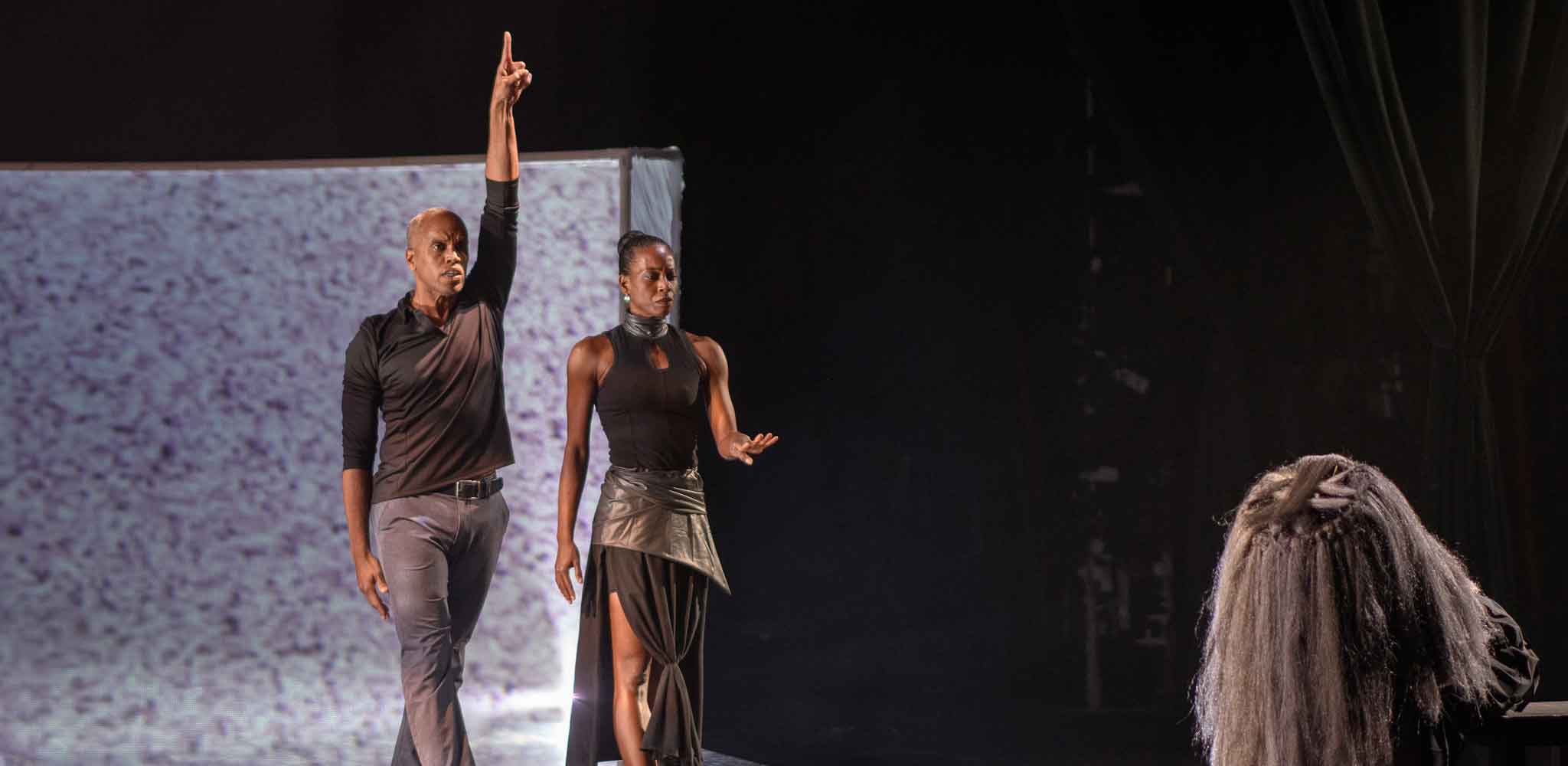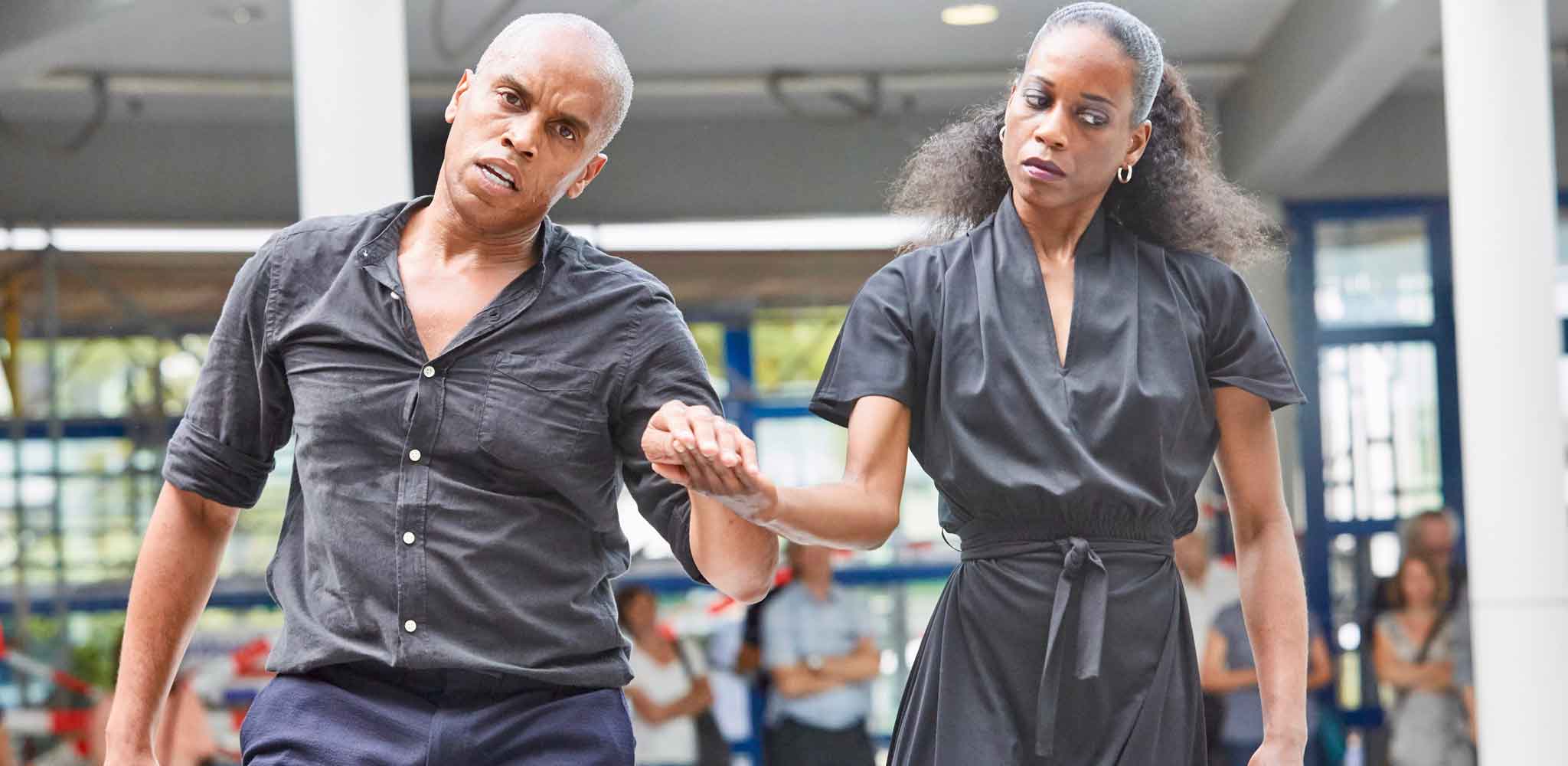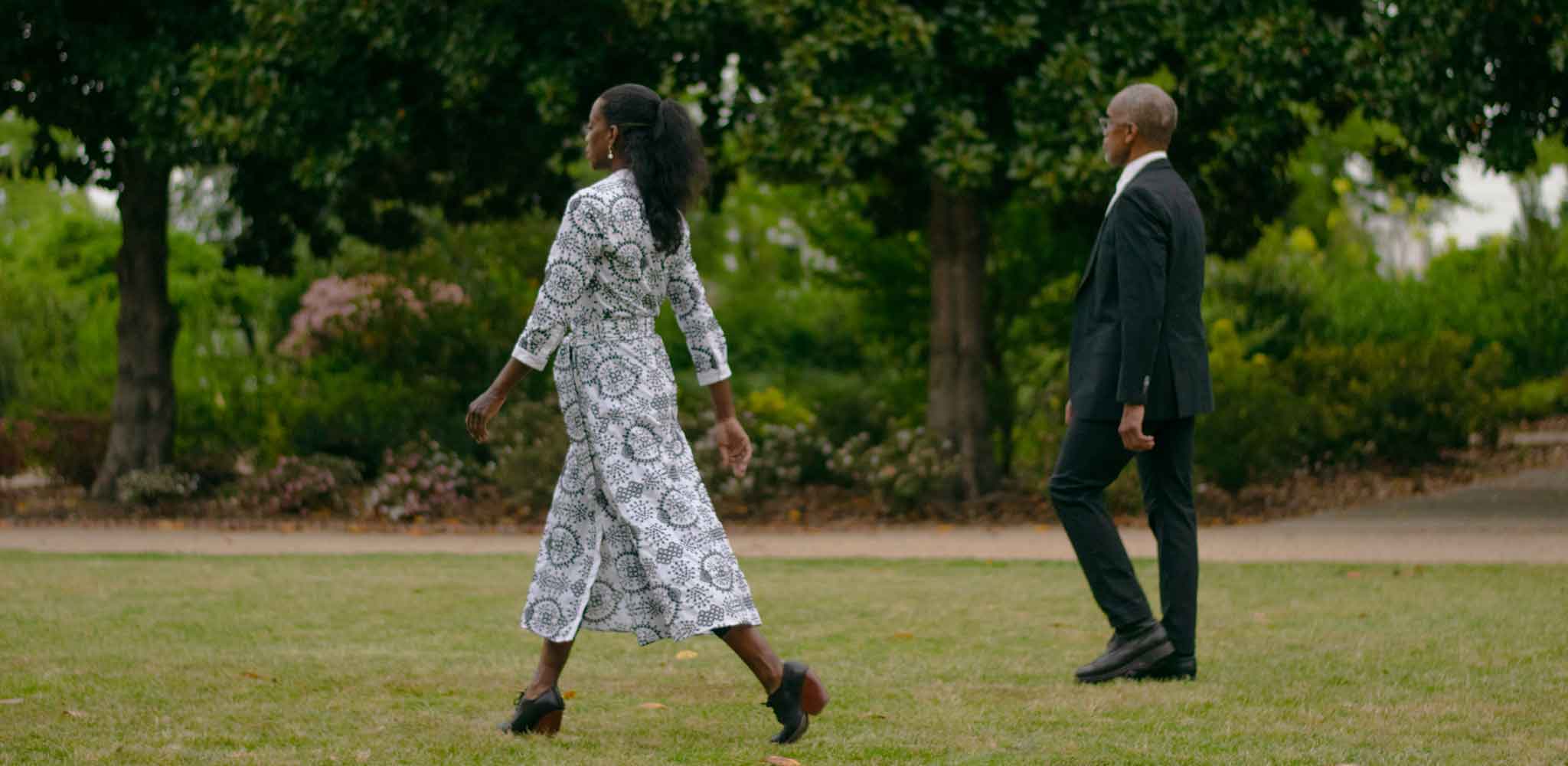


wdd_header_images2048x1000w1pe
wdd_header_images2048x1000v1tanya
wdd_header_images2048x1000v2tanya



Our intent is to examine, create, and be inspired by Black life, existence, and imagination. We reflect the Black experience that is rooted in American Southernisms, even as it moves beyond the geography of the South. We research and make work to understand the social, economic, and political traditions that are historical in nature but current in their practice of casting and holding Black and Brown people near or at the bottom of society. The racialized killing of Black people in the current and recent past spurs us to search for a fuller understanding of the super-humanness required for Black existence in the U.S. We are committed to bringing elders into conversations with young adults so old and new narratives can help us understand who we are now, but also project new possibilities for life in the future. We think of our art making, rooted in Black cultural references and themes, as universal human representation.
We connect with and reflect many artistic disciplines and the many layers of society through which we move. We are inspired by Black writers, photographers, filmmakers, and visual artists who create work centered on the archive of Black American existence and personal narrative. These inspirations give us permission, and gateways, to assemble transdisciplinary work that involves text, movement, visual culture, ancestral history, and textiles into new Black narratives. Our work is contemporary, in that it is made and informed by the nowness of our world; using technology, including film and other digital imagery, allows us to draw from historical material that defined Black life in America. The result is our own analytic archive—an interpretation of these stories and influences as we see them. We have produced films, installations, lectures, courses, book chapters, and productions.
In recent years, our focus shifted from performances on the proscenium stage to environmentally immersive productions. A constant area of inquiry, over years, has been how audiences access our work. Exploring architectural and communal spaces increase audiences’ access and connects us with those who are witnessing our productions. When audience members are allowed to immerse themselves in a performative event, stronger and more meaningful connections are made. The politics of activating a public space becomes a shared, communal event, which stands in contrast to a private performance in a closed-off black box or proscenium. In our country, theatre spaces that are historically white—in their locations, programming, and culture, and with reputations that can be class-based—have not been welcoming to Black audiences. Our engagements with historically white spaces require their staff to do a different kind of work to build relationships with Black audiences, who will come to see our performances.
In 2020, prompted by the global pandemic, we moved to work in hybrid environments—in person and online, utilizing live performance and moving image. Hybridity is at the root of the African American tradition of making the best out of the little you have; it reflects a multitude of experiences, seldom purely one way.
For us, rather than a geographic location, community is an ideal, that calls to mind the places where we have lived, are currently living, and those we hope to live in in the future. Community means a group of people sharing the same space at the same time. It means a group of people who are willing to wrestle with differences, hold each other accountable, and find common ground where humanity can exist. The complexities in a community arise in how people interact with each other and the objects around them and how they interpret history.
Above: Untitled. Photo by Colbert Davis. Artists: Tanya Wideman-Davis, Thaddeus Davis, and Michaela Pilar Brown. I hoch X. Photo by Thomas Brenner. Artists: Tanya Wideman-Davis & Thaddeus Davis. Migratuse Ataraxia 2021. Photo by Alvin Fersner. Artists: Tanya Wideman-Davis and Thaddeus Davis. Past Works: credits here.